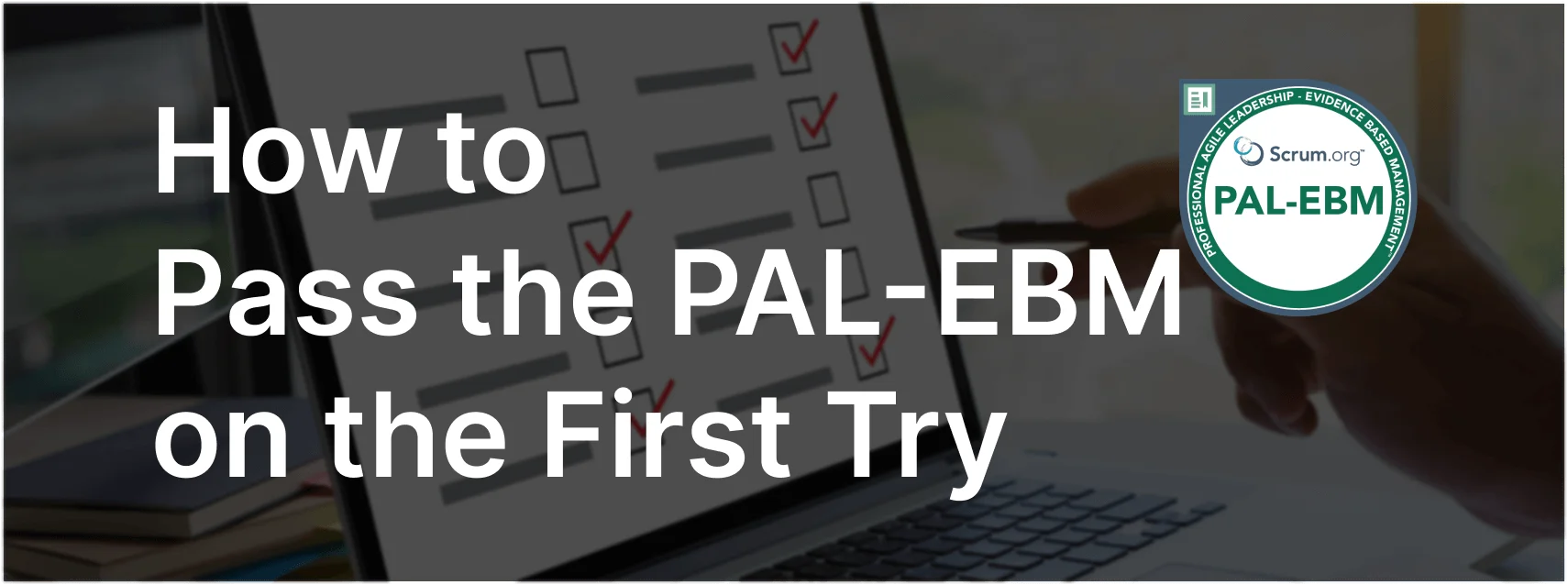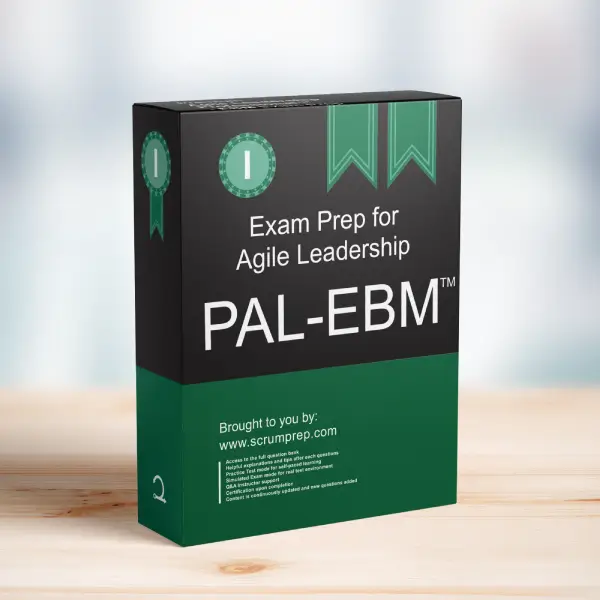Improving Effectiveness at Delivering Value
In the context of Evidence-Based Management (EBM), identifying the right Key Value Area (KVA) measures is crucial for improving the effectiveness of delivering value, especially when maintaining multiple product variations. This article examines which KVA measure(s) should be prioritized to address this challenge.
Exam Question
Your company has many unique variations of the same product that it sells to different customers. Maintaining all these versions leaves you no time to improve the product. What Key Value Area measure(s) should you examine to help you to improve your effectiveness at delivering value?
(choose the best answer)
A. Ability to Innovate.
B. Unrealized Value.
C. Time to Market.
D. Current Value.
E. All of the above.
Correct Answer
A. Ability to Innovate.
Explanation
Correct Answer
A. Ability to Innovate:
The “Ability to Innovate” KVA measures an organization’s capability to deliver new features, improvements, and innovations. When maintaining many variations of the same product, the organization’s ability to innovate may be hindered by the time and resources required to support existing versions. By examining this KVA, you can identify bottlenecks and inefficiencies that are preventing your organization from focusing on innovation and continuous improvement.
Why the Other Options Are Less Effective
B. Unrealized Value:
While understanding the unrealized value can provide insights into potential growth opportunities, it does not directly address the challenge of maintaining multiple product versions. Unrealized value focuses on future opportunities rather than current operational inefficiencies.
C. Time to Market:
Reducing time to market is important, but the primary issue here is the burden of maintaining existing variations, which impacts the ability to innovate. Improving time to market alone won’t resolve the underlying inefficiency in product maintenance.
D. Current Value:
Current value measures the value that existing products and services deliver to customers. While it’s important to ensure customers are satisfied with the current product, this measure does not directly help in addressing the issue of resource allocation and innovation.
E. All of the above:
While all KVAs are important, focusing specifically on the “Ability to Innovate” provides a targeted approach to resolving the challenge of maintaining multiple product versions and freeing up resources for product improvement.
Benefits of Focusing on Ability to Innovate
Identifying Bottlenecks: Helps identify processes and activities that are consuming excessive resources and hindering innovation.
Resource Allocation: Enables better allocation of resources towards high-value activities and innovations.
Streamlining Maintenance: Encourages the adoption of strategies to reduce the maintenance burden, such as simplifying the product portfolio or enhancing automation.
Driving Continuous Improvement: Promotes a culture of continuous improvement by focusing on innovation and the delivery of new value to customers.
EBM Framework Insights
Current Value (CV): Ensuring that existing products provide high value while freeing up resources to innovate.
Unrealized Value (UV): Identifying opportunities for future growth and innovation by reducing the maintenance burden.
Ability to Innovate (A2I): Directly addressing the challenge of maintaining multiple product variations to enhance the organization’s capability to innovate.
Time to Market (T2M): Indirectly improved by focusing on innovation and reducing inefficiencies.
Relevance to the PAL-EBM Exam
Understanding which KVA measure to prioritize for improving the effectiveness of delivering value is crucial for the PAL-EBM exam. This knowledge demonstrates the ability to apply the EBM framework to identify and address operational challenges.
Key Takeaways
- Focusing on the “Ability to Innovate” KVA helps address the challenge of maintaining multiple product variations.
- Examining this measure identifies bottlenecks and inefficiencies that hinder innovation.
- Effective resource allocation and process improvement can drive continuous innovation and value delivery.
Conclusion
To improve the effectiveness of delivering value when maintaining multiple product variations, prioritize examining the “Ability to Innovate” KVA. This focus helps identify and address inefficiencies, enabling your organization to innovate and deliver continuous improvement. For more information on preparing for the PAL-EBM exam, visit our Professional Agile Leadership PAL-EBM™ Exam Prep.





